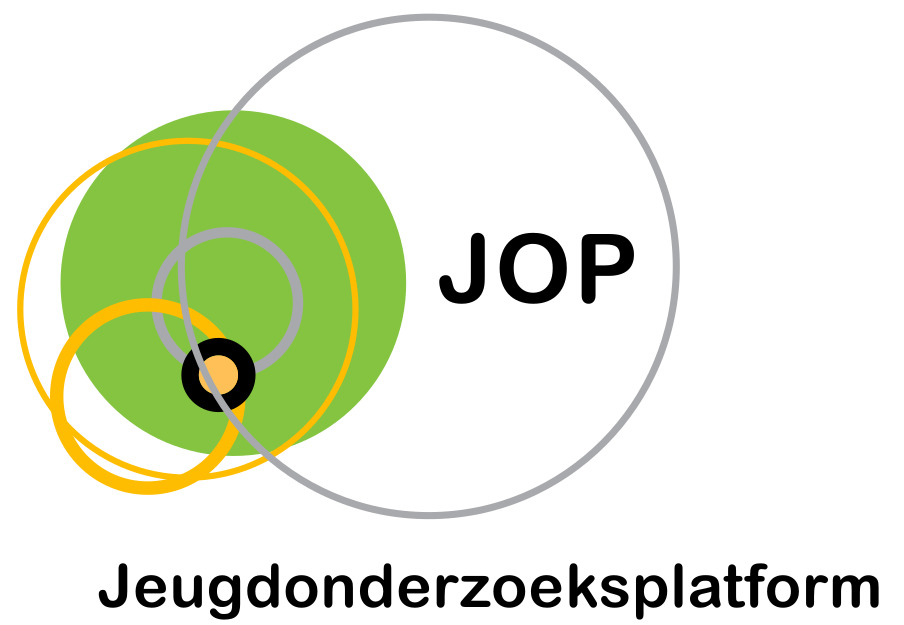Who’s joining the club? Participation of socially vulnerable children and adolescents in club-organised sports.
Auteurs
Vandermeerschen, H., Vos, S. & Scheerder, J. (2015).

Abstract
Sport wordt vaak gezien als een veelbelovend instrument voor het bereiken van een aantal beleidsdoelstellingen. Sociale inclusie is één van de doelen die daarbij vaak vermeld wordt. Niettegenstaande men kan discussiëren over de haalbaarheid van de gemaakte claims, kan men van sport enkel verwachten dat het bijdraagt aan sociale inclusie als het doelpubliek ook effectief deelneemt aan sport. Dit is wat wordt onderzocht in deze studie. De focus ligt op de sportparticipatie van kinderen (lagere school) en adolescenten (middelbare school), meer specifiek in een clubgeorganiseerde setting. Het doel van deze studie is te onderzoeken of gezinsgerelateerde factoren geassocieerd met een hoger risico op sociale uitsluiting gezien kunnen worden als determinanten van clubsportparticipatie bij kinderen en jongeren. De data zijn afkomstig van een survey (2009) afgenomen in 39 scholen in Vlaanderen (België) bij 3005 kinderen en jongeren (leeftijd 6-18 jaar). Een multilevel logistische regressie werd daartoe uitgevoerd, waarbij ook gecontroleerd werd voor verschillen tussen scholen. Inkomensarmoede en opleidingsniveau van de ouders kwamen naar voor als belangrijke determinanten van clubsportparticipatie. In de studie werd geen evidentie gevonden voor het feit dat leven in een eenoudergezin een impact heeft op clubsportparticipatie. Niettegenstaande sport vaak gezien wordt als een belangrijk instrument voor sociale inclusie, toont deze studie aan dat kinderen en jongeren die een meer kwetsbare positie in onze maatschappij innemen, ook in de sportclub een groter risico lopen om opzij geschoven te worden.
Sport is often considered as a promising instrument for reaching a wide array of policy objectives. Social inclusion is one of the goals frequently mentioned. Though one can argue about the feasibility of the many claims made, sport can only reasonably be expected to play a role if the targeted population is effectively taking part in sports. This is what is investigated in this study. The focus lies on the sports participation of children (primary school) and adolescents (secondary school), more particularly in a club-organised setting. The purpose of this study is to investigate whether family related factors associated with a higher risk for social exclusion can be considered as determinants of club sport participation among children and adolescents. Data are based on a large-scale crosssectional survey (2009), collected in 39 schools in Flanders (Belgium), with a total of 3005 children and adolescents (aged 6–18) participating in the research. A multilevel logistic regression has been conducted, controlling also for differences between schools. Income poverty and parental education come forward as important determinants for club-organised sports participation. No evidence was found that living in a single parent-household affects the likelihood of club-organised sports participation. While sport is often considered as an important instrument for social inclusion, the study shows that children and adolescents who are likely to occupy a more vulnerable position in society as a whole, have higher odds to be left out with regard to sport club participation as well.
Referentie
Vandermeerschen, H., Vos, S. & Scheerder, J. (2015). Who’s joining the club? Participation of socially vulnerable children and adolescents in club-organised sports. Sport, Education and Society, 20(8), 941-958.
Taal
Engels
Publicatievorm
Tijdschriftartikel
ISBN
10.1080/13573322.2013.856293
